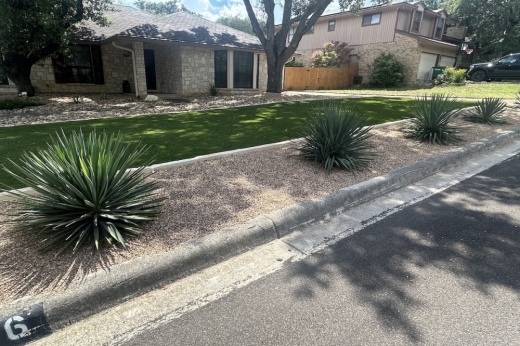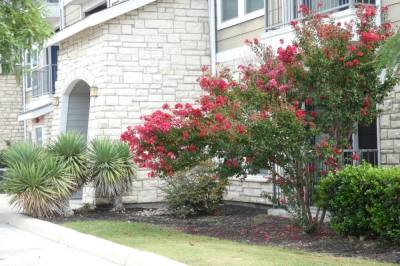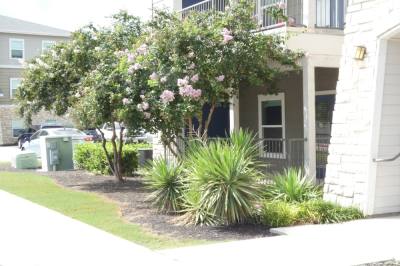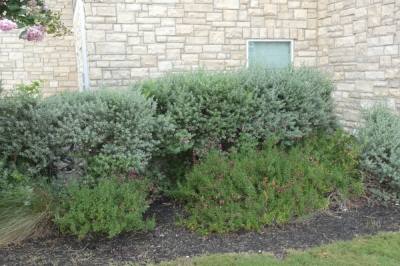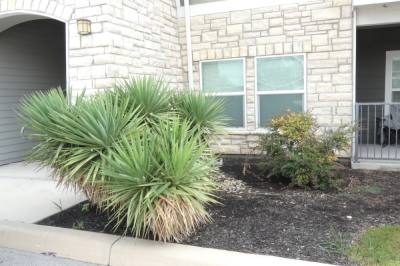What you need to know
Xeriscaping is a method of using plants and shrubbery that do not take much, or any, water to maintain. Making a front or backyard setup with dry plants is an increasingly common method, both to conserve water and spruce up a home’s look with less required maintenance.
Nadia Mullins, owner of DNS Landscaping in San Antonio, does xeriscaping work across the state and has seen an upward trend in the method since she started DNS in 2015.
“It’s getting more popular than 10 years ago [when] it was more green and more grass. But now with all the water restrictions that we’re getting, [there is a] tendency of going more [to] xeriscaping because of the water savings,” Mullins said.
Mullins said that one misconception is that xeriscaping makes a yard look like a desert, as mixing in native plants can add visual appeal as well as pollinate the garden. She pointed to Plumbago and Salvias are native pollinators that can be mixed in with drier plants.
“There’s some people who want to go with agave and cactus and more desert lands, but sometimes it doesn’t go with a look of the house because you have a modern look,” Mullins said.
She added that a drier mix of plants will work for older homes, including the currently popular prickly pear cactuses.
Another piece of xeriscaping are rocks surrounding plants, though Mullins says there aren’t a ton of color options for rocks in the San Antonio area. She said that the most common colors for rocks are brown, beige, white and blue.
Keep in mind
For homeowners looking to start with xeriscaping, important things to assess are the home’s drainage, as xeriscaping can change the direction of drainage and potentially send water to the house. Mullins said that not changing the natural water flow of the home is key.
Another startup thought is to rearrange a sprinkler system with conservation in mind, accounting for plants that require less water.
Maintenance is still required, though much less intensive, with xeriscaping, Mullins said. She advised to apply a herbicide such as vinegar or another organic product every six to eight weeks, and pull out weeds as needed. Mullins recommended an organic herbicide to lessen the impact on local water systems.
As far as seasonal xeriscaping, planting between spring and fall seasons is acceptable, though Mullins did not recommend beginning in the winter due to the risk of plant death. She recommends covering plants, especially newer ones, during the winter months.
One more thing
The upward trend in xeriscaping will continue in the future, Mullins said, with one caveat. She said that a struggle can be homeowners associations that only allow for partial xeriscaping in yards, wanting to see more green and less desert aesthetic.
“So while the city is restraining the water with water restriction stages, grass is dying or struggling over summer, the HOA does not allow that homeowner to do xeriscaping. It’s a struggle for the city of San Antonio to do that full conversion,” Mullins said.




